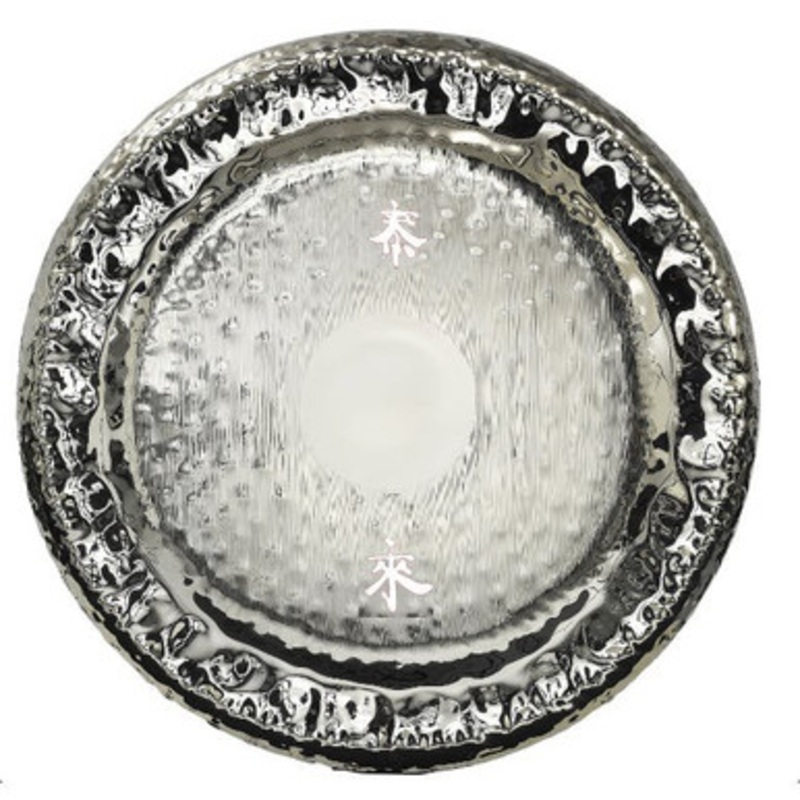
Delivery Information This is a very large item and requires special delivery to ensure it arrives safely and securely. Please contact our drum department on 01483 456 777 for full details before confirming your order. There's percussion, there's drums ... and then there's a gong. Not every band or music project needs one but when you want resonance, great Asian infused sound and a sustain that lasts until you're off stage, packed away and half way home you need a gong. Used for everything from ceremonies to stage shows the Gong is a traditional instrument that takes the form of a flat, circular metal disc which is hit with a mallet. Symphonic Gongs The oldest version of the instrument, Symphonic Gongs have a slightly raised surface (without boss) with a harmonic and universal sound structure. The fundamental note of the gong is balanced with the instrument's complex overtones. The characterizing word Symphonic thereby should not be misinterpreted as describing the literal sense of classical symphonic orchestra application but its original sense to unite harmonic sounds. The describing word universal shall be understood as sound in its entirety. Priming the Gong Large flat gongs may be 'primed' by lightly hitting them before the main stroke, greatly enhancing the sound and causing the instrument to "speak" sooner, with a shorter delay for the sound to "bloom". Keeping this priming stroke inaudible calls for a great deal of skill. We love these unique pieces here at Andertons. From the day they arrived instore they've garnered great attention Here's what Paiste have to say about this gong Our oldest version of the instrument, Paiste Symphonic Gongs have a slightly raised surface with a harmonic and universal sound structure. The fundamental note of the gong is balanced with the instrument's complex overtones. A good starting point for a gong collection, the Symphonic contains even proportions of various gong characteristics, which can be brought forth using different mallets and striking points. Symphonic Gongs feature some of our largest examples of the instrument, like the 60" SGM and the extraordinary 80\
